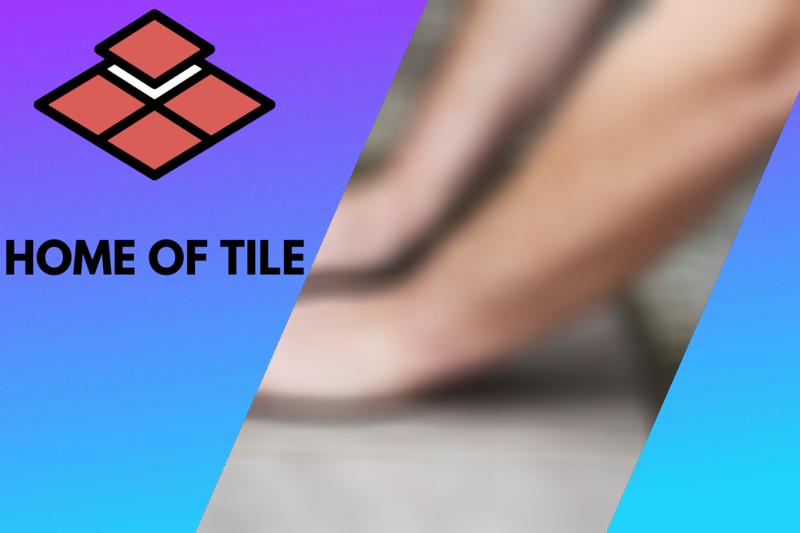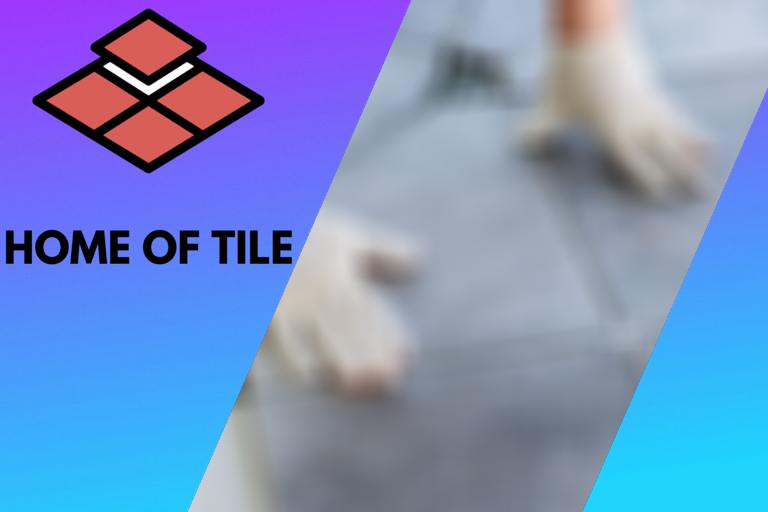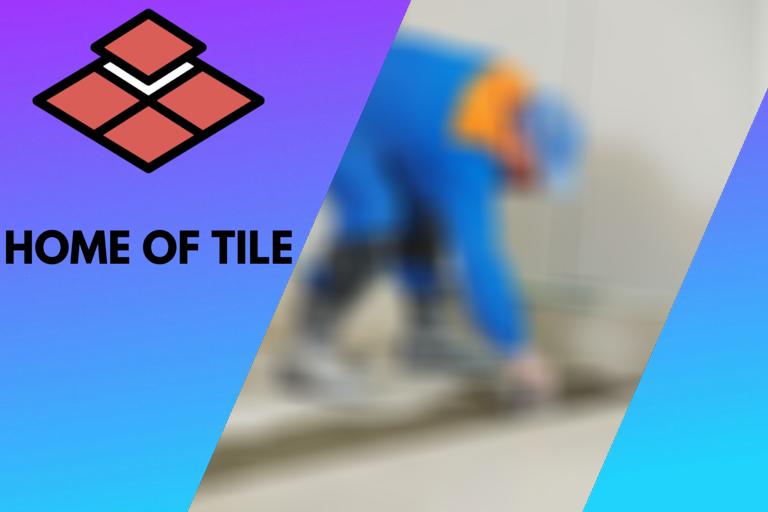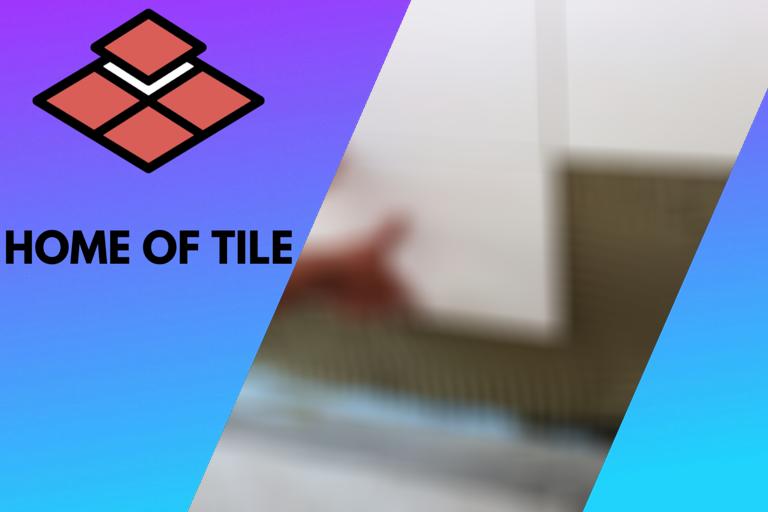Tiling on Other materials: 9 Things You Should Know
Tiles are a nice addition to your home as they provide a protective layer against moisture and can create an eye-catching decorative element. Moreover, tiles create a durable and easy-to-clean surface. There are certain tips and tricks that you should keep in mind when tiling on certain materials. Here are the nine things you should know about tiling on other materials.

Contents
- 1 Tiling a Stucco Wall, some helpful tips:
- 2 Tiling a Fiberglass Balcony, some helpful tips:
- 3 Tiling a Floor Wall Joint, some helpful tips:
- 4 Tiling on a Bitumen Floor, some helpful tips:
- 5 Tiling on a Gib Board, some helpful tips:
- 6 Tiling on a Melamine Board, some helpful tips:
- 7 Tiling onto Asphalt Floor, some helpful tips:
- 8 Tiling Rough Walls, some helpful tips:
- 9 Tiling with Silicone, some helpful tips:
Tiling a Stucco Wall, some helpful tips:
In general, for tiling a stucco wall, screw wood furring strips to the stucco wall. Attach the backer board to the furring wall, and apply the mortar. Place the tiles, and finally apply it grout and let it dry.
In general, tiling a stucco wall consists of the following steps:
● Step 1: Screw wood furring strips
Screw wood furring strips to the stucco walls at even intervals. The furring strips will help you to establish a flat, even surface ready for tiling.
● Step 2: Attach the backer board to the furring wall
Use a circular saw with a diamond blade to cut the backer board to cover the stucco walls. Screw the backer board to the furring. Use a level to check the board, and make sure it’s even.
● Step 3: Apply mortar
Apply a suitable mortar to the wall using a notched trowel. Work in small sections.
● Step 4: Install the tiles
Always conduct a dry test to minimize tile cutting and decide on the desired pattern. Install the tiles on the surface, starting at the center. Include tile spacers to ensure even spacing between the tiles. Remove these when the tile installation is complete. Cut tiles to fit around unmovable obstructions using a tile cutter.
● Step 5: Apply the grout
Apply the grout and let it dry for 10 minutes before cleaning any excess grout using a damp cloth, then allow at least 24 hours for the grout to fully dry.
Tiling a Fiberglass Balcony, some helpful tips:
For tiling a fiberglass balcony, clean the balcony and apply a primer. Install the tiles using an adhesive, and finally apply the grout and let it dry.
In general, tiling a fiberglass balcony consists of the following steps:
● Step 1: Clean the fiberglass balcony
Remove any dirt, dust, and moisture from the surface.
● Step 2: Apply the primer
Apply a suitable primer on the fiberglass.
● Step 3: Install the tiles
Use a strong adhesive, such as ARDEX reaction resin tile adhesive, and place the tiles on the fiberglass surface. Follow the same process mentioned in tiling a stucco wall.
● Step 4: Apply the grout:
Follow the same process mentioned in tiling a stucco wall.
Tiling a Floor Wall Joint, some helpful tips:
For tiling a floor wall joint, clean the joint and attach the backer board. Apply a thin-set mortar to the joint and install the tiles to the joint. Finally, apply the grout and let it dry.
In general, tiling a floor wall joint consists of the following steps:
● Step 1: Clean the joint
Remove any dust, dirt, and moisture from the surface.
● Step 2: Attach the backer board
After cleaning the joint, use screws to attach the backerboard to the joint.
● Step 3: Apply a thin-set mortar
Apply a thin-set mortar to the backer board using a notched trowel.
● Step 4: Install the tiles
Place the tiles onto the floor wall joint, following the same process mentioned in tiling a stucco wall.
● Step 5: Apply the grout
Follow the same process mentioned in tiling a stucco wall.
Tiling on a Bitumen Floor, some helpful tips:
To tile on a bitumen floor, prepare the floor, and prime it. Adhere the tiles to the floor, and finally apply the grout and let it dry.
In general, tiling on a Bitumen floor includes the following steps:
● Step 1: Prepare the floor
Substrates must be stable and non-deformable, without cracks, and have already completed the curing period for hygrometric shrinkage. They must be free from dust, oil and grease, and any rising damp, with no loose or flaky material. You prepare the floor yourself as almost all products, such as levelers and adhesives, come away from the surface when Bitumen is present, which then causes the tiles to lift or crack.
● Step 2: Prime the floor
Prime the floor using an Eco Primer. Apply a fine, uniform layer, preferably using a sponge or synthetic fiber roller and working in the same direction. Apply a second coat crisscrossing the direction of the first.
● Step 3: Install the tiles
From the center of the floor, dry lay a row of tiles in the 4 directions towards the walls. Include tile spacers to ensure even spacing between the tiles. If there is only a thin piece of tile left at a wall, move your center tile slightly until there’s a gap roughly the size of half a tile around the edge of the whole room. Install the tiles using a suitable adhesive, such as BAL adhesives and BAL grouts. Cut tiles to fit around unmovable obstructions using a tile cutter.
● Step 4: Apply the grout
Follow the same process mentioned in tiling a stucco wall.
Tiling on a Gib Board, some helpful tips:
For tiling on a gib board, prepare the gib board, apply GIB Aqualine, then install the tiles and finally apply the grout and let it dry.
In general, tiling on a gib board consists of the following steps:
● Step 1: Prepare the gib board
Clean the gib board, removing all dust and dirt.
● Step 2: Apply GIB Aqualine
GIB Aqualine acts as a water-resistant core. Apply a lining material, such as GIB aquiline, in order to maintain the integrity of the GIB board longer when exposed more frequently to steam or water. And to one-off events, such as a plumbing leak causing the flooding of a room.
● Step 3: Install the tiles
Place the tiles on the gib board, following the same process mentioned in tiling a stucco wall.
● Step 4: Apply the grout
Follow the same process mentioned in tiling a stucco wall.
Tiling on a Melamine Board, some helpful tips:
For tiling on a melamine board, clean the sanded melamine on the board, and spread the thin-set. Install the tiles, and finally apply the grout.
In general, tiling on a melamine board consists of the following steps:
● Step 1: Clean the melamine board:
Clean the sanded melamine using a vacuum cleaner with a hose attachment.
● Step 2: Apply the thin-set:
Spread thin-set on the melamine with the flat edge of a multipurpose notched trowel. Spread another layer of thin-set over the wet thin-set using the square-notched edge of the trowel. The notches regulate the thin-set, leaving a uniform thickness for the tile.
● Step 4: Apply the grout:
Follow the same process mentioned in tiling a stucco wall.
Tiling onto Asphalt Floor, some helpful tips:
To tile onto the asphalt floor, prepare the floor with flooring-grade asphalt substrate and prime the floor. Apply the adhesive and install the tiles. And finally, apply the grout and let it dry.
In general, tiling onto asphalt floor consist of these steps:
● Step 1: Prepare the floor
Use flooring-grade asphalt substrate to prepare the floor.
● Step 2: Apply the primer
Apply a primer, such as Ultra Tile Fix Pro Primer neat.
● Step 3: Apply the adhesive
Apply a suitable adhesive.
● Step 4: Install the tiles
Place the tiles on the asphalt floor, following the same process mentioned in tiling a stucco wall.
● Step 5: Apply the grout
Follow the same process mentioned in tiling a stucco wall.
Tiling Rough Walls, some helpful tips:
For tiling a rough wall, first inspect the walls carefully to ensure that they are securely screwed to the studs. Apply a skim coat and sand it with some sandpaper. Clean the wall with a vacuum, and wipe the wall with a damp cloth. And prime it to seal it. Once the walls are sealed, apply the adhesive and place the tiles. And finally, apply the grout and let it dry.
In general, tiling a rough wall includes the following steps:
● Step 1: Inspect the walls
Ensure that the walls are securely screwed to the studs.
● Step 2: Apply the skim coat
Apply the last layer of skim coat as a base.
● Step 3: Use sandpaper
Use medium-grit sandpaper to achieve a rough texture. This is needed for the adhesive to bond well.
● Step 4: Vacuum clean the walls
Make sure there is no dust and heavy particles left on the walls from sanding. Vacuum clean the wall.
● Step 5: Remove the moisture
Use a rag or a piece of damp cloth to wipe the walls to remove excess moisture.
● Step 6: Seal the walls
Prime the walls to seal them using an SBR based primer. This will promote a good bond for the tile adhesive and prevent potential issues with overly porous or non-porous surfaces. Moreover, sealing will remove the roughness from the walls.
● Step 7: Apply the adhesive
Ensure the wall is dry, then apply an appropriate adhesive.
● Step 8: Install the tiles
Place the tiles on the wall, following the same process mentioned in tiling a stucco wall.
● Step 9: Apply the grout
Follow the same process mentioned in tiling a stucco wall.
Tiling with Silicone, some helpful tips:
Silicone caulk is easy to use. It adheres tiles to a flat surface with minimal mess, setting faster than thin-set mortar.
It’s not the best choice for floors or walls, but it’s great for smaller decorative areas. Setting tiles with silicone caulk is an easier alternative to traditional thin-set mortars, which can be quite expensive. Silicone is used to stick wall and floor tiles to brick, plaster, and the green moisture-resistant chipboard. The solution is to use the ‘right silicone’ and partly fill the grout space with it before grouting as normal,







